Depression-era pieces shine in New Mexico exhibit
“Wood for Wood”, an exhibit focused on Spanish Colonial furniture, ran from July 14 through Oct. 6 at the Branigan Cultural Center in Las Cruces, N.M. The featured pieces were a testimony to the skill and artistic abilities of individuals who sought to embrace federal programs offered by the New Deal during the economic depression of the 1930s, according to the museum.
“Wood for Wood”, an exhibit focused on Spanish Colonial furniture, ran from July 14 through Oct. 6 at the Branigan Cultural Center in Las Cruces, N.M. The featured pieces were a testimony to the skill and artistic abilities of individuals who sought to embrace federal programs offered by the New Deal during the economic depression of the 1930s, according to the museum.
Offered through the Works Progress Administration, programs included the Federal Arts Project, Federal Writers Project, National Youth Administration, and Civilian Conservation Corps. The goal of the WPA programs was to build civic pride by highlighting uniquely American regional artistic and cultural elements. For New Mexicans, that meant focusing on the Indigenous and Spanish heritage of the state, especially their decorative arts.
“The NYA trained young men and women in vocational skills. Hands-on classes on how to make items such as carved santos, tinwork, retablos, Spanish Colonial style furniture, leatherwork, and colcha embroidery were taught in local communities across the state through the NYA program. In the Mesilla Valley, the vocational training focused on woodworking, tanning, and printing,” the museum said in a statement.
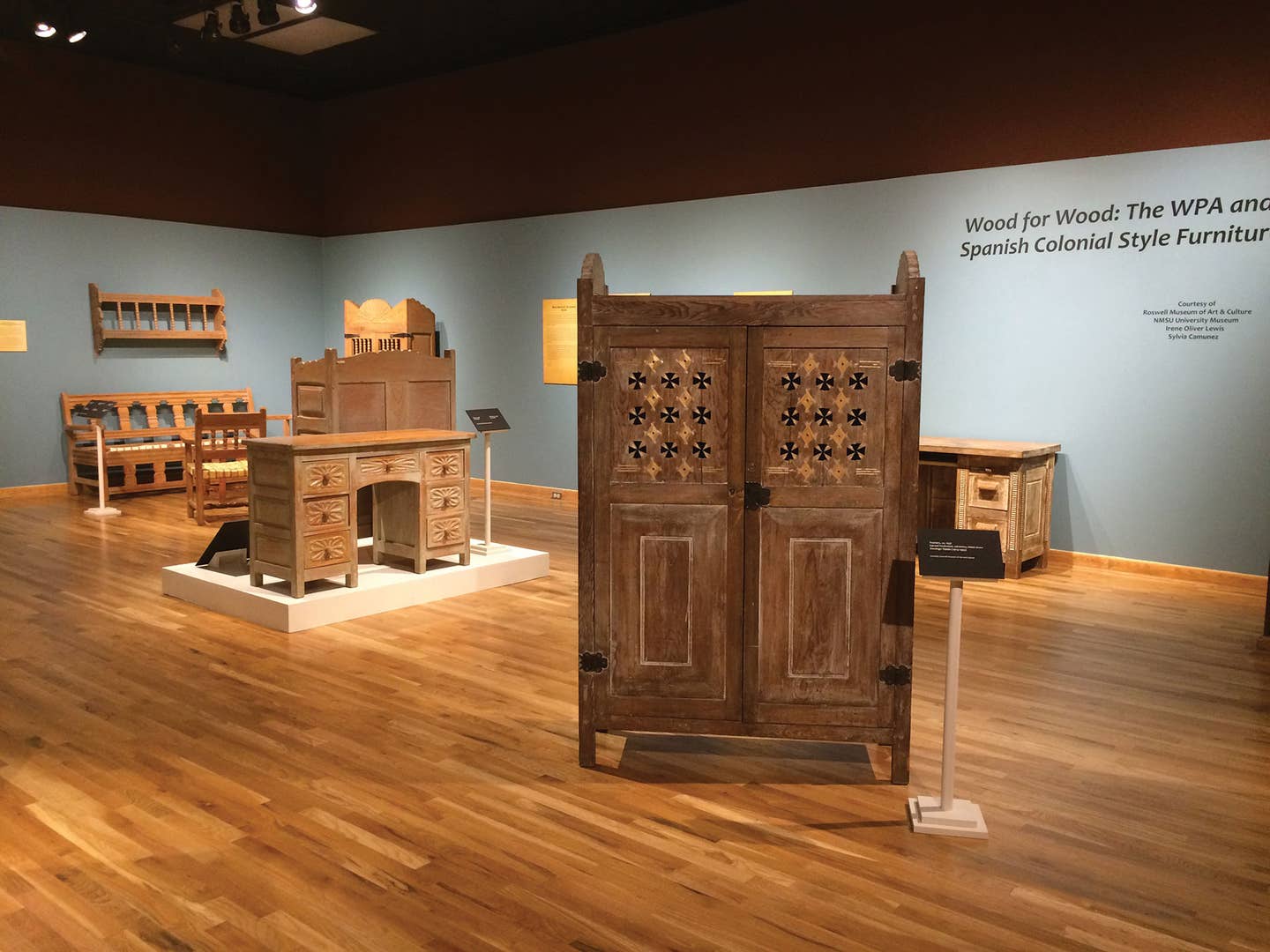
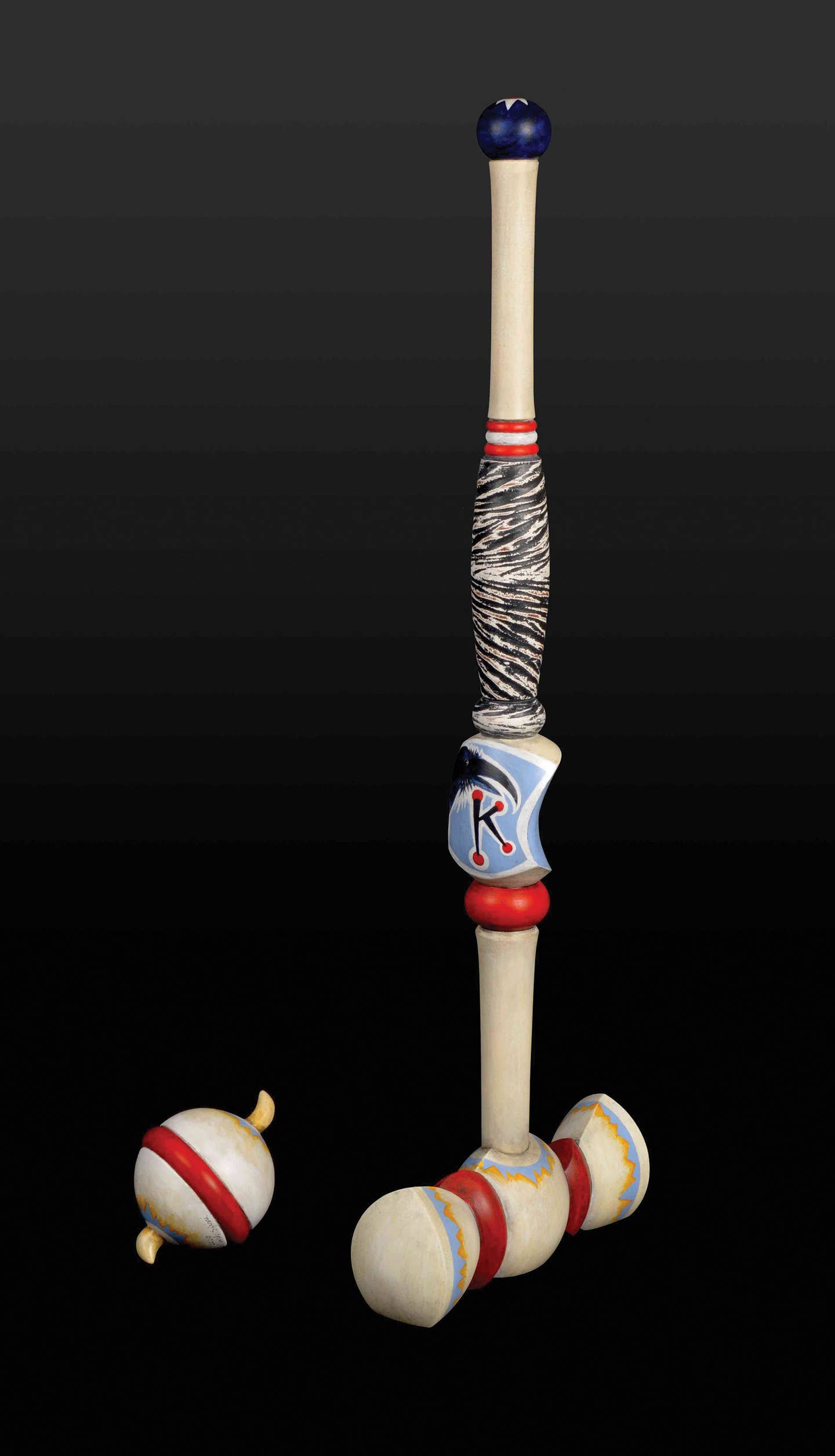
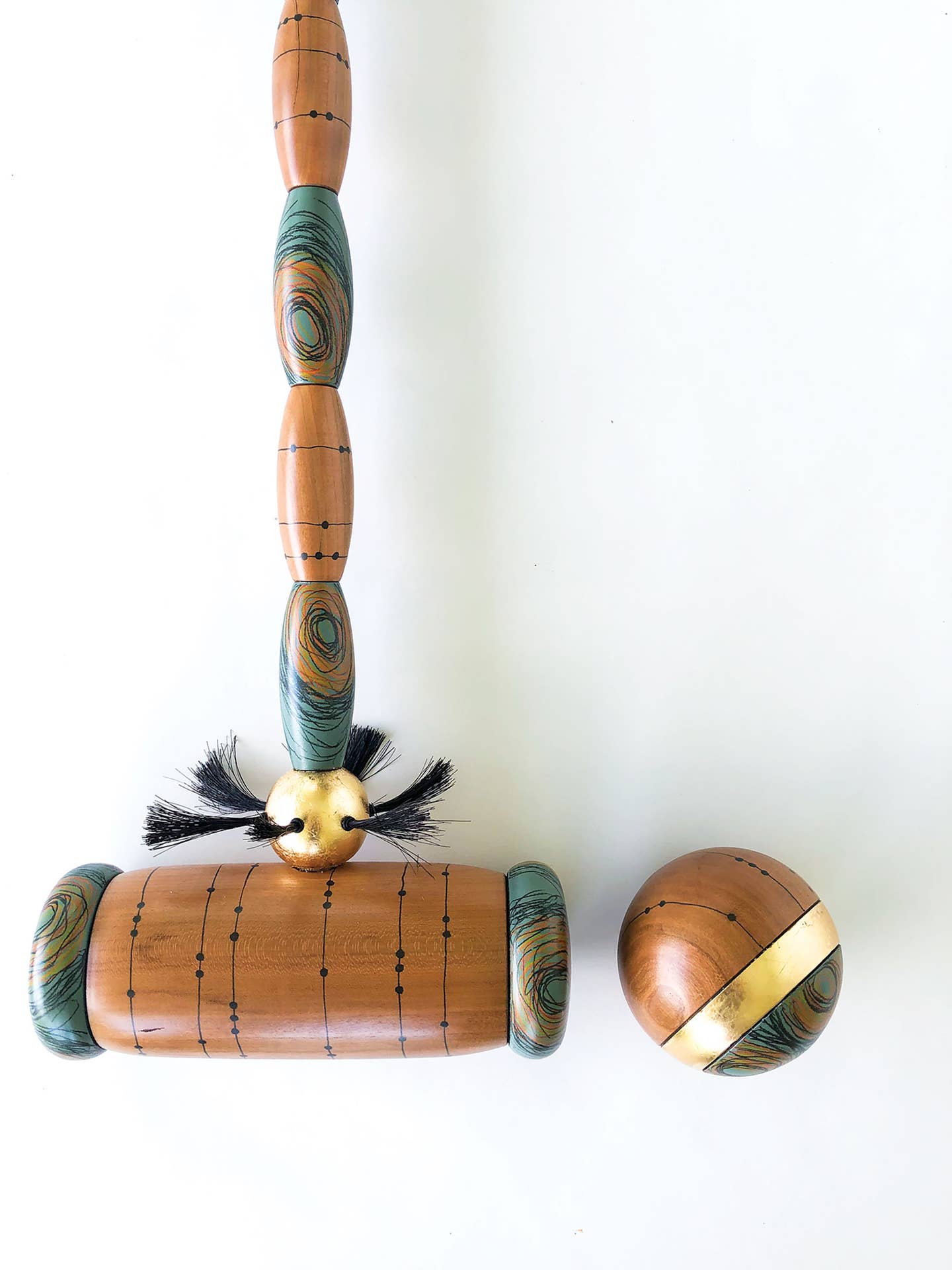
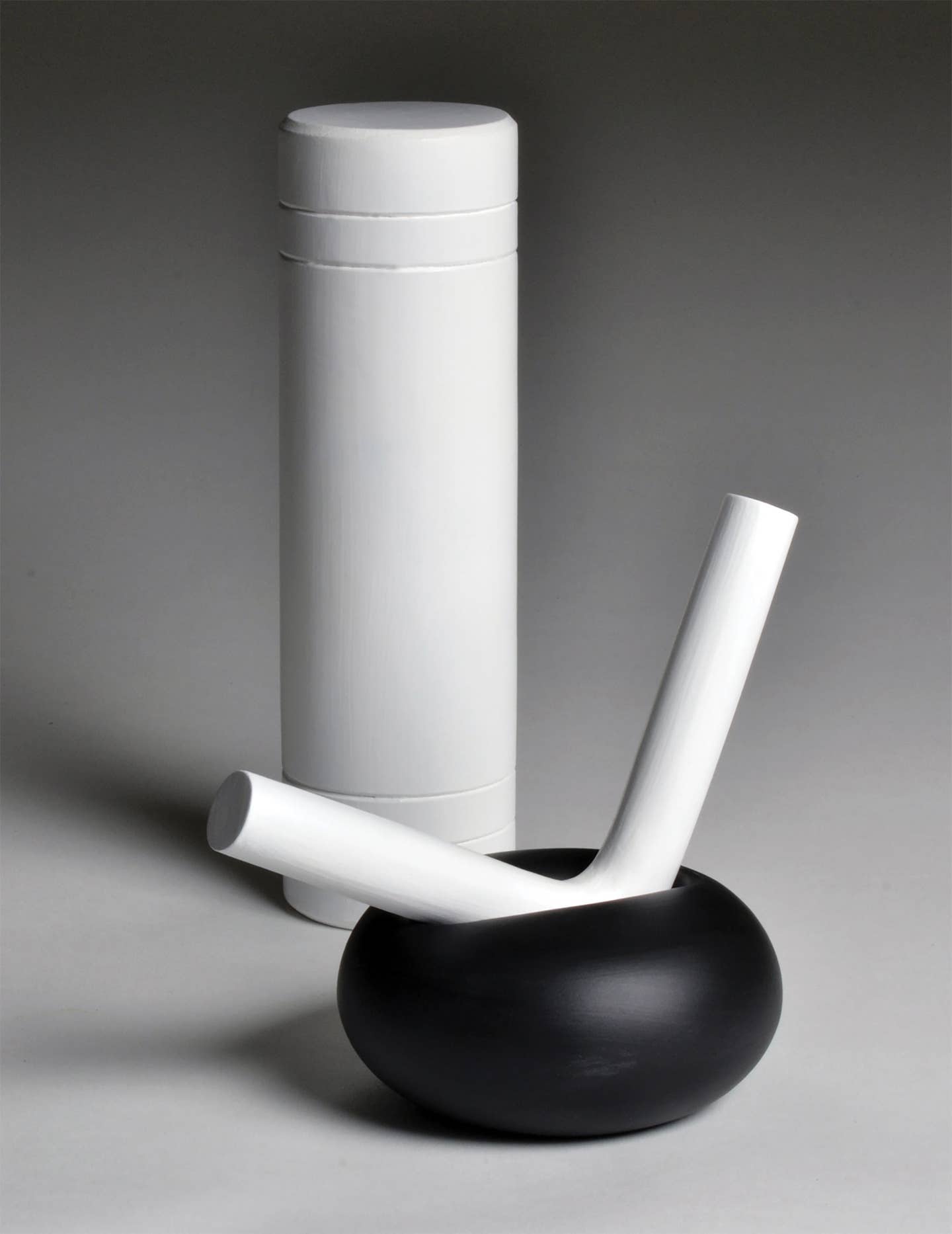
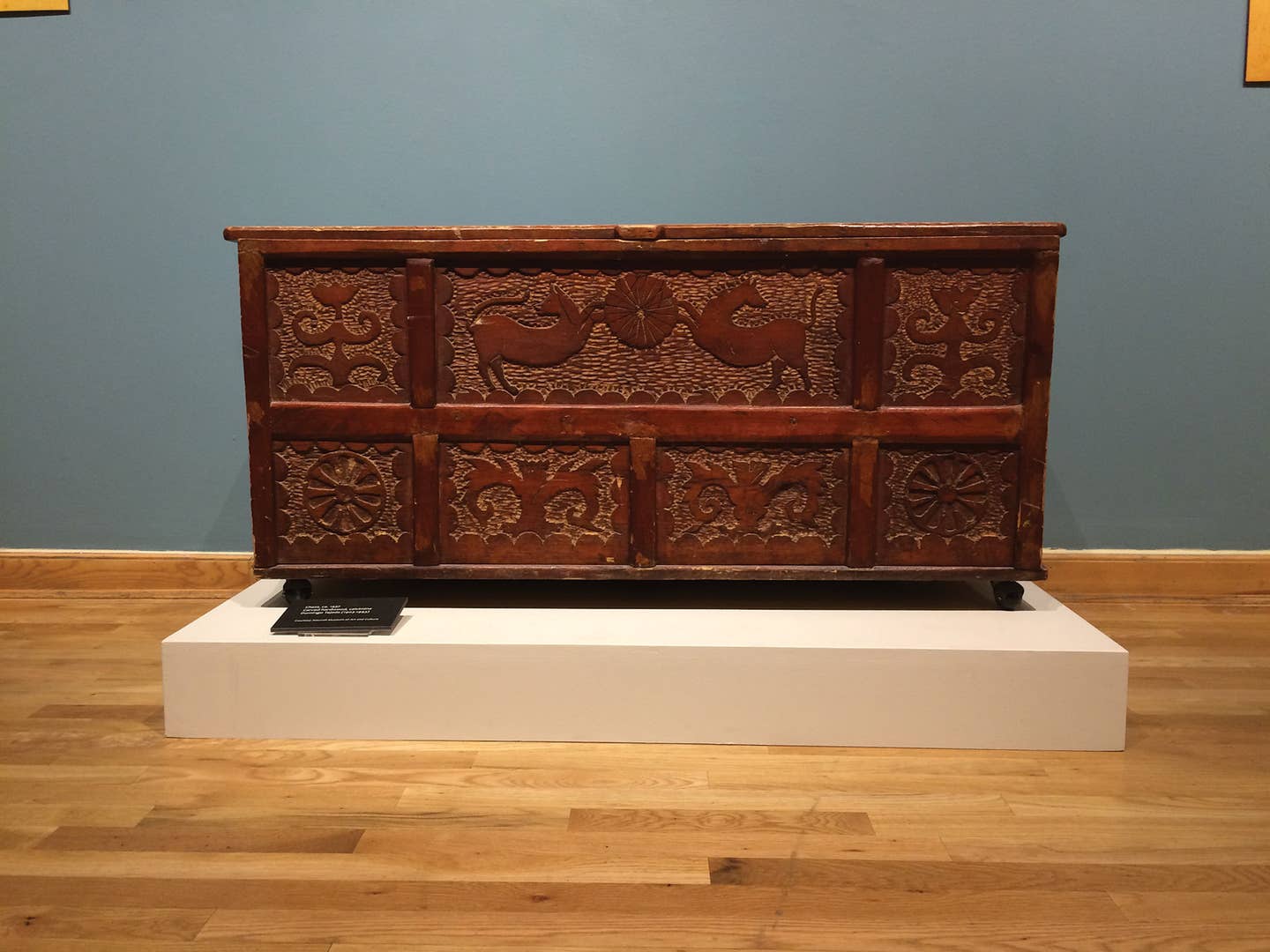
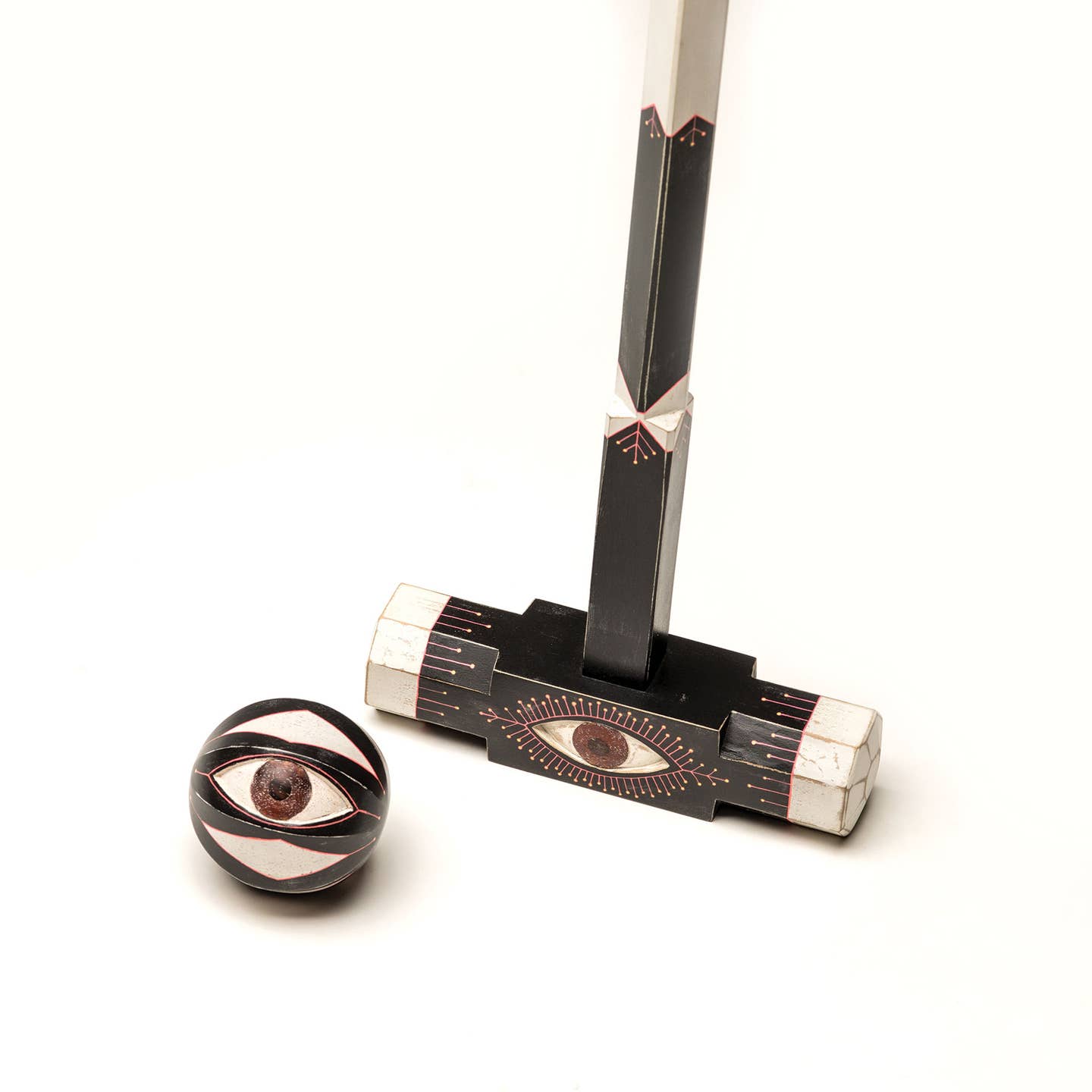
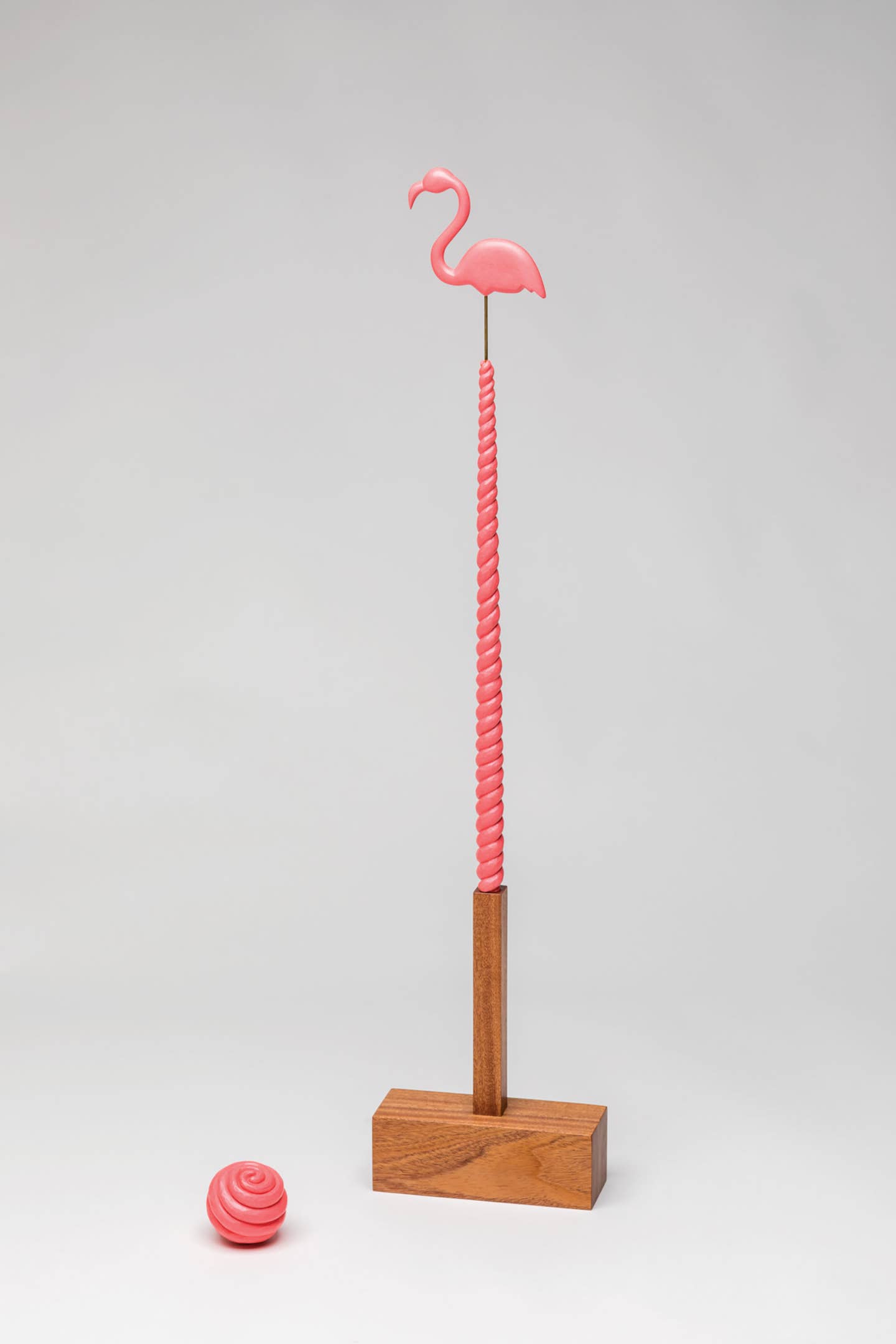
“The woodworking participants were taught all the mechanical aspects from drafting, to furniture construction, and carved decorations. The young men then learned the business of marketing, selling, and record keeping. The Mesilla Valley NYA ran from 1935 to 1942 and provided furniture for sale to local citizens and the New Mexico College of Agriculture and Mechanical Arts (now New Mexico State University).”
For more, visit www.las-cruces.org.
More than a game
“Out of Bounds: The Art of Croquet” is at the Messler Gallery of the Center for Furniture Craftsmanship in Rockport, Maine. The fun-spirited exhibition, featuring artist-made mallets and balls, opened Sept. 18 and runs through Jan. 6, 2021.
Curated by Jennifer-Navva Milliken, artistic director at the Center for Art in Wood in Philadelphia, Pa., and furniture maker Silas Kopf of Northampton, Mass., both amateur devotees of croquet, the show features 21 exhibitors exploring a range of topics, from personal artistic concerns to contemporary social issues.
“This exhibition not only encourages artists to delve into the function, form, and historical mystique of croquet, but also invites them to apply their imagination and skill to the practice of play, framed by the material of wood and the monogamous relationship between mallet and ball,” says Milliken.
Exhibitors are Kopf; Ted Blachly of Warner, N.H.; Mark del Guidice of Concord, Mass.; Annie Evelyn of Bakersville, N.C.; Amy Forsyth of Bechtelsville, Pa.; Scott Grove of Canandaigua, N.Y.; Michael Hosaluk of Saskatoon, SK, Canada; Thomas Hucker of Jersey City, N.J.; Katie Hudnall of Madison, Wis.; Beth Ireland of St. Petersburg, Fla.; Yuri Kobayashi of Camden, Maine; James Macdonald of Burnham, Maine; Adam John Manley of San Diego, Calif.; Craig Nutt of Kingston Springs, Tenn.; Graeme Priddle of Asheville, N.C.; Ellie Richards of Bridgeton, N.J.; Sylvie Rosenthal of Madison, Wis.; Mark Sfirri of New Hope, Pa.; Alf Sharp of Woodbury, Tenn.; Elizabeth Spotswood Spencer of New Bern, N.C., and Kimberly Winkle of Cookeville, Tenn.
For more, visit www.woodschool.org.







